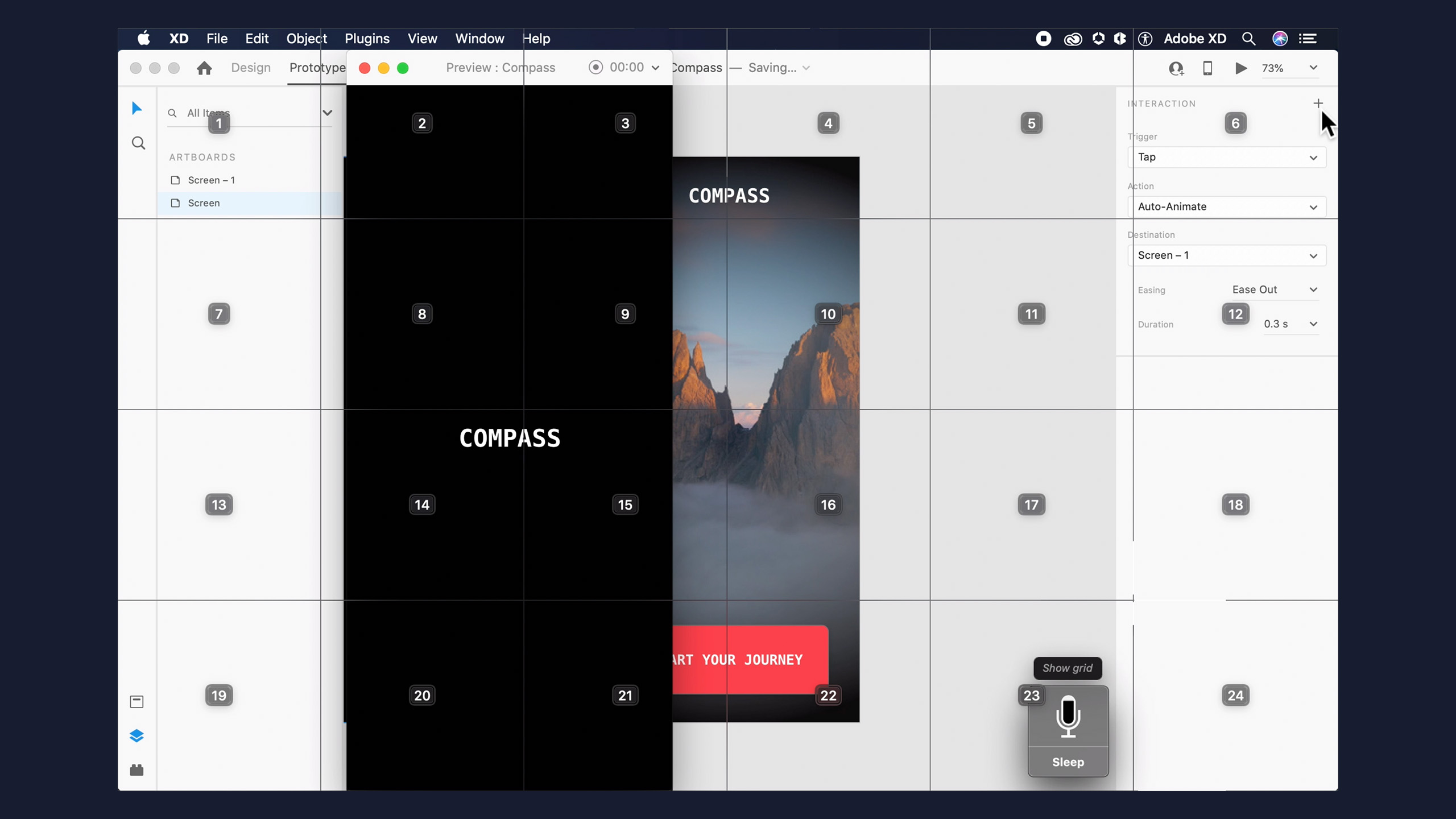

They give the designer freedom to test multiple potential scenarios, while adjusting along the way to optimize the usability of the end product. Prototypes allow designers to experiment with various ideas and solutions. This process helps designers save a lot of time, money, and effort throughout the entire design and development lifecycle. They can also test their prototypes on real users to discover usability issues before releasing a final product. With prototyping, designers can explore alternative design solutions with zero development effort. Prototypes are an interactive experience created without code to help test out concepts before launch. Testing prototypes lets you benchmark progress and usability before moving forward with development.

It is a necessary tool to validate ideas, whether it be at the beginning stages of the design or halfway through a design.

It is important to note that prototyping can be used at various stages of the design process. In other words, it’s smart to test your prototype with users and stakeholders in order to iron out any mistakes before you invest the money, time, and human capital on actually engineering a design solution. This helps decrease costs, as designers can create clickable prototypes without the need for development efforts. There are plenty of prototyping tools to help designers link together artboards, creating an interactive, clickable experience without the need of a developer. It is the fourth step of the design thinking process, followed by usability testing.Ī key characteristic of prototyping is that prototypes are created without a single line of code. At its core, a prototype is an early sample of a design that allows users to visualize or interact with it before a final product is developed. Prototyping is a process in which design teams ideate, experiment with, and bring concepts to life, ranging from paper ideas to digital designs.


 0 kommentar(er)
0 kommentar(er)
